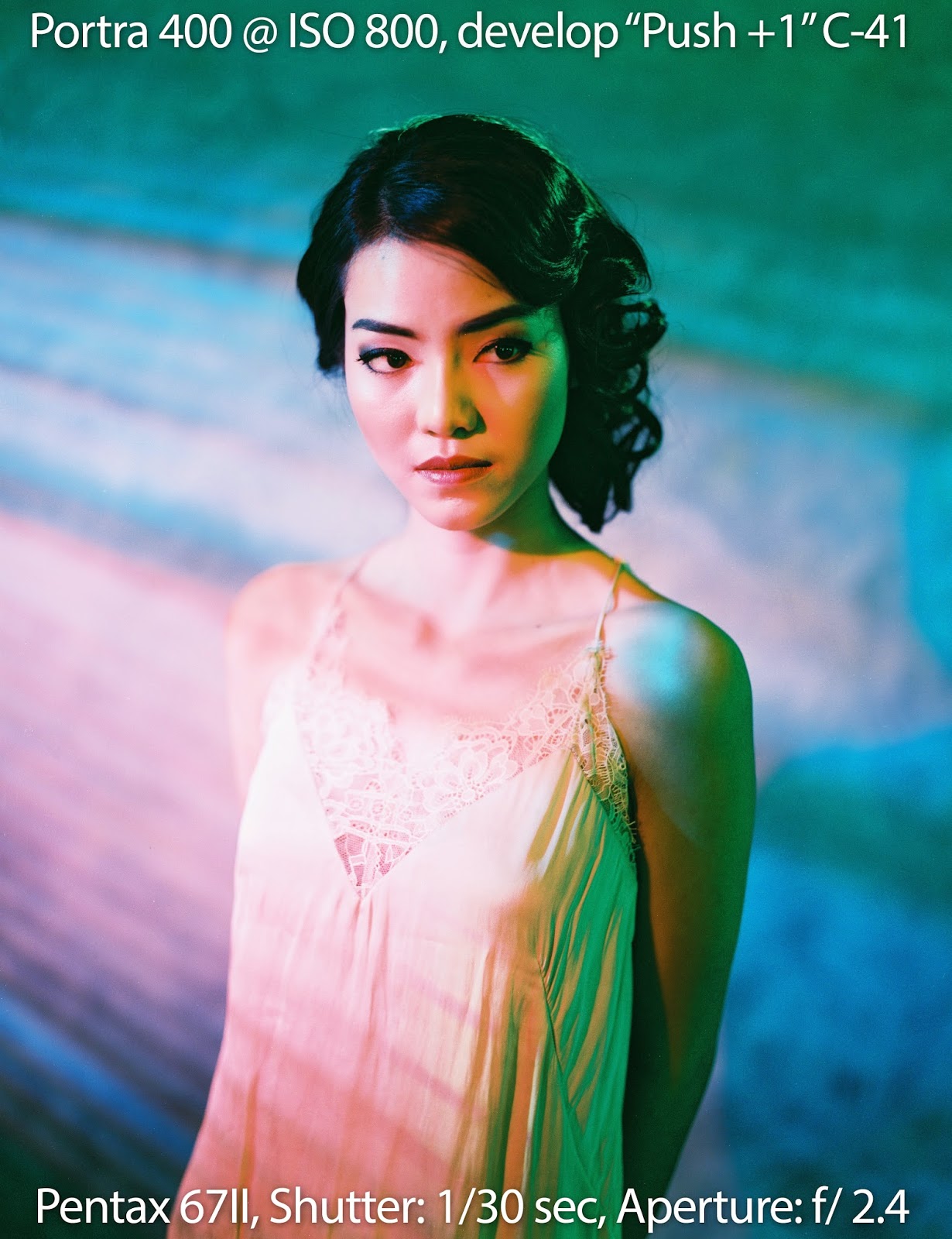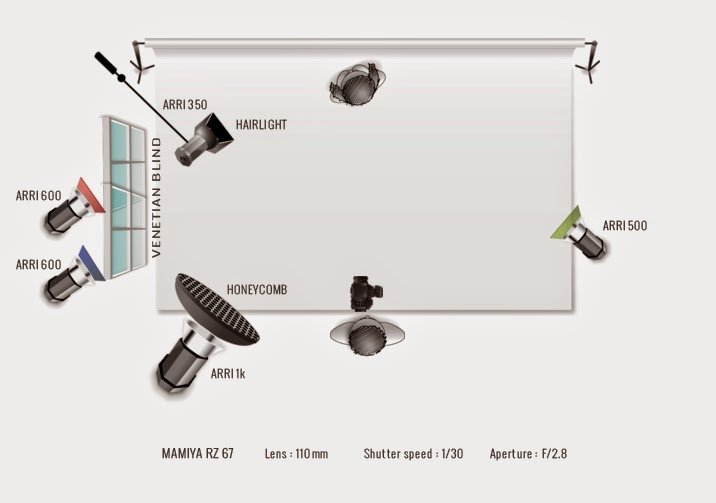Tungsten Test Results - Portra800, 400, & 800T by Wirawan Sanjaya
Posted by Brandon on
Wirawan Sanjaya is one of our Beta Testers for medium format CineStill film. He decided to use his first handmade test roll of 800T in 120, to see how it stacked up to two other excellent film stocks, Portra 800 and Portra 400 pushed one stop. We were excited to hear about this test, as we have done our own with much less inspiring subject matter.
We get asked all the time, "Why not just shoot Portra 800 in incandescent low light?" or "How is this any different than the technology of Portra 400?" Our response is usually something technical about the sensitometry of the blue emulsion layer and tonal curve, explaining the limitations of color correcting a negative when 1/3 of the color spectrum is underexposed. We love daylight balanced film, especially the amazing stocks that Kodak has released over the past few years! And for medium format under artificial light, Portra is our go to. The problem is having to expose daylight film as though it were a 200 speed emulsion, in order to collect enough of the cooler color spectrum (whether correcting in front of the lens or in post).
Here are Wirawan's test results (click images to enlarge):
"This is the answer to why it's important to have a tungsten balanced film and not to "just shoot Portra 400/800 instead of Cinestill 800T", especially in tungsten lighting!!! For this test shoot I used tungsten balanced ARRI hot lights (350, 500, 600 & 1K). These are excellent professional continuous lights for anyone that is interested. The p800 is incredibly lacking sensitivity to tungsten light, even after I've added extra exposure to that film. It is my favorite film stock in very soft diffused light, especially on cloudy days, but it is not made for low artificial light. The p400 does much better, even pushed one stop to ISO 800, but how does it compare with CineStill in these conditions? Better you decide yourself!!" -Wirawan Sanjaya
These are some great examples of what a well corrected scan can give you. They were all carefully corrected in the Frontier and not touched out of the scanner. The CineStill required very little corrections, and could really go anywhere with the color and density. The daylight balanced films started very orange but were corrected to the max, without having shadow detail overtaken by color cast.
"Bellow I also attached my lighting setup (actually that is the setup for the girl sitting on the floor), but I moved around a bit during the session, while maintaining accurate exposures, but in general that was the setup. My shutter speed was 1/30 for the p400 and cinestill 800T, and 1/15 for the p800. All were shot wide open, with a Mamiya RZ 67 110/2.8 for the CineStill, and a Pentax 67 105/2.4 for the Portras." -Wirawan Sanjaya
Follow more of Wirawan's work at filmjetaime.com and on Instagram
We get asked all the time, "Why not just shoot Portra 800 in incandescent low light?" or "How is this any different than the technology of Portra 400?" Our response is usually something technical about the sensitometry of the blue emulsion layer and tonal curve, explaining the limitations of color correcting a negative when 1/3 of the color spectrum is underexposed. We love daylight balanced film, especially the amazing stocks that Kodak has released over the past few years! And for medium format under artificial light, Portra is our go to. The problem is having to expose daylight film as though it were a 200 speed emulsion, in order to collect enough of the cooler color spectrum (whether correcting in front of the lens or in post).
Here are Wirawan's test results (click images to enlarge):
"This is the answer to why it's important to have a tungsten balanced film and not to "just shoot Portra 400/800 instead of Cinestill 800T", especially in tungsten lighting!!! For this test shoot I used tungsten balanced ARRI hot lights (350, 500, 600 & 1K). These are excellent professional continuous lights for anyone that is interested. The p800 is incredibly lacking sensitivity to tungsten light, even after I've added extra exposure to that film. It is my favorite film stock in very soft diffused light, especially on cloudy days, but it is not made for low artificial light. The p400 does much better, even pushed one stop to ISO 800, but how does it compare with CineStill in these conditions? Better you decide yourself!!" -Wirawan Sanjaya
 |
| CineStill 800T beta test 120 rated at ISO 800 by Wirawan Sanjaya |
Follow more of Wirawan's work at filmjetaime.com and on Instagram
Share this post
- 0 comment
- Tags: feature, Photographer Spotlight, tests







